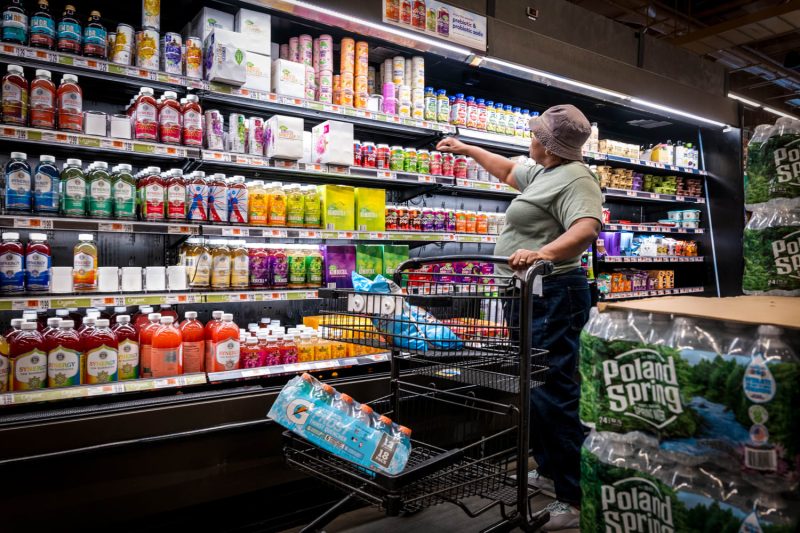Surging Grocery Prices Have Settled Down, but Shoppers Are Still Adjusting
The sudden surge in grocery prices earlier this year sent shockwaves through consumers and businesses alike. The COVID-19 pandemic resulted in disruptions to the supply chain, increased demand for certain products, and inflation in the food industry. While there were initial concerns about the long-term impact, recent data and analysis suggest that grocery prices have gradually stabilized. However, shoppers continue to face challenges as they adjust their shopping habits and budgets in response to the changing economic landscape.
One of the key factors contributing to the stabilization of grocery prices is the easing of supply chain disruptions. At the height of the pandemic, disruptions in transportation, manufacturing, and distribution led to shortages and price spikes for various food items. However, as businesses adapted to the new normal and supply chains became more resilient, the flow of goods improved, helping to alleviate some of the price pressures.
Another factor that has contributed to the stabilization of grocery prices is the shift in consumer behavior. The pandemic forced many people to change their shopping habits, with more consumers opting for online shopping and bulk buying. As the situation has evolved, some of these behaviors have normalized, leading to a more balanced demand for groceries. Additionally, consumers have become more price-conscious and are actively seeking out discounts and promotions to save money on their grocery bills.
Despite the overall stabilization of grocery prices, shoppers are still adjusting to the new normal. Many households continue to face financial challenges as a result of the economic downturn caused by the pandemic. High unemployment rates and reduced incomes have left some families struggling to afford basic necessities, including food. As a result, some shoppers are cutting back on non-essential items, choosing cheaper alternatives, and utilizing food assistance programs to make ends meet.
Furthermore, while grocery prices may have settled down, certain categories continue to experience fluctuations. Fresh produce, meat, and dairy products, in particular, remain subject to price volatility due to factors such as weather events, supply chain disruptions, and changing consumer preferences. Shoppers need to stay informed and adaptable to navigate these changes and make cost-effective choices when grocery shopping.
In conclusion, the recent surge in grocery prices has settled down, providing some relief to consumers. However, shoppers are still adjusting to the new normal as they navigate the ongoing challenges in the food industry. By staying informed, being mindful of their budgets, and embracing flexible shopping strategies, consumers can better cope with the changing economic landscape and ensure that they can continue to access affordable and nutritious food options.

